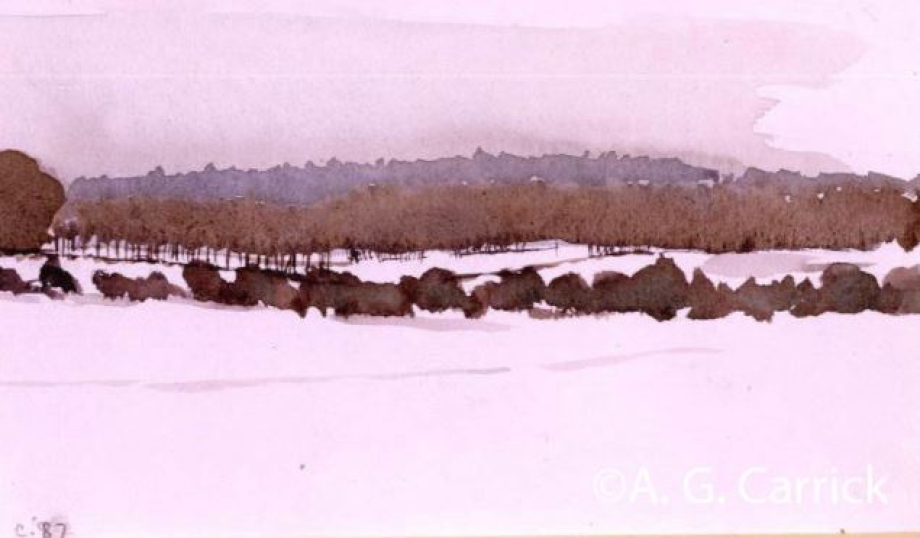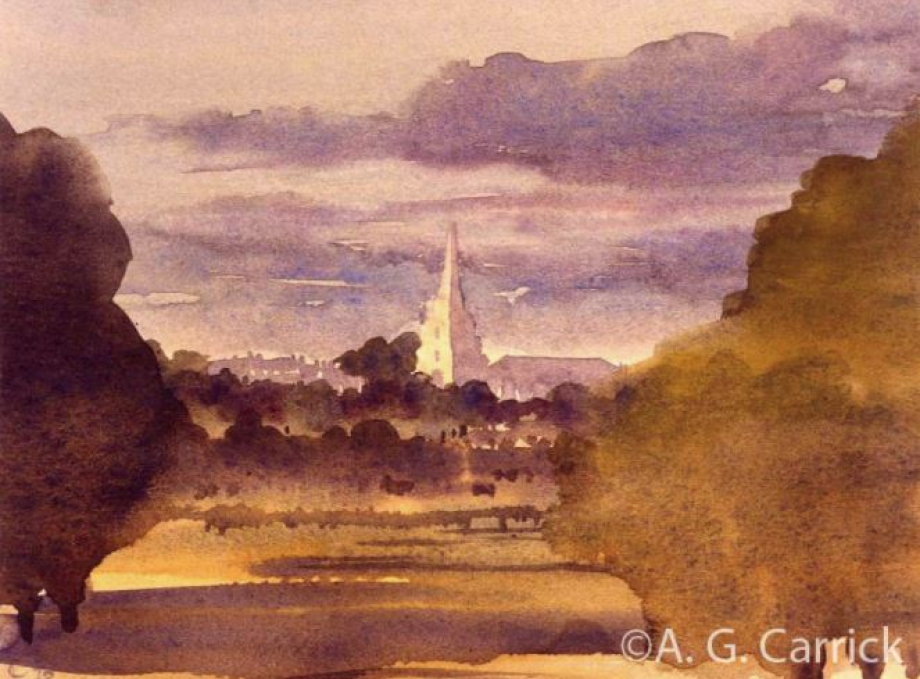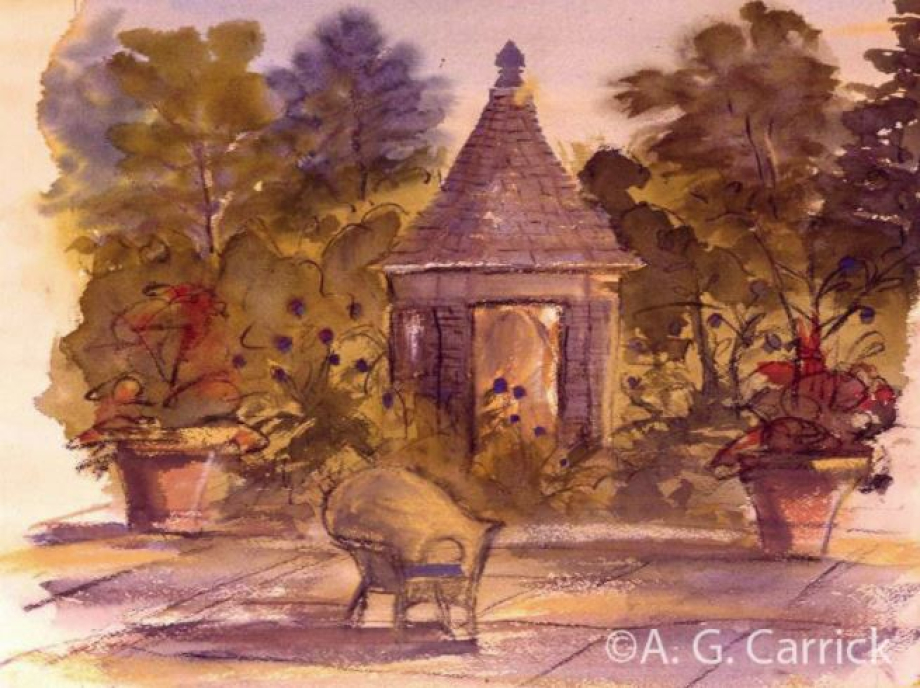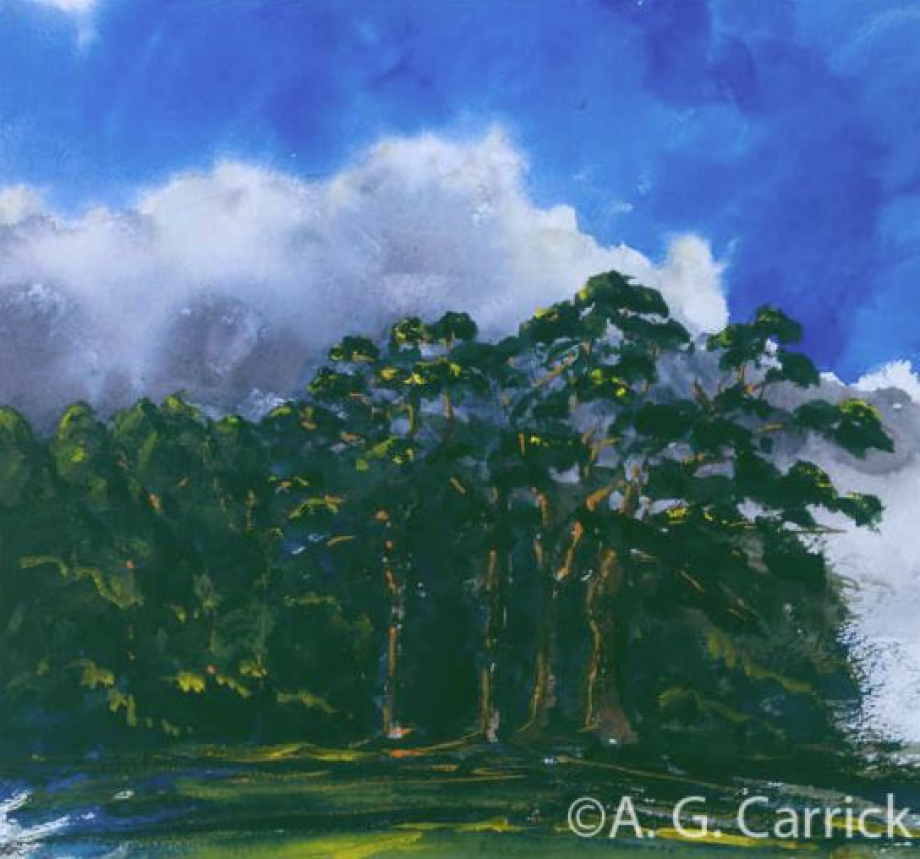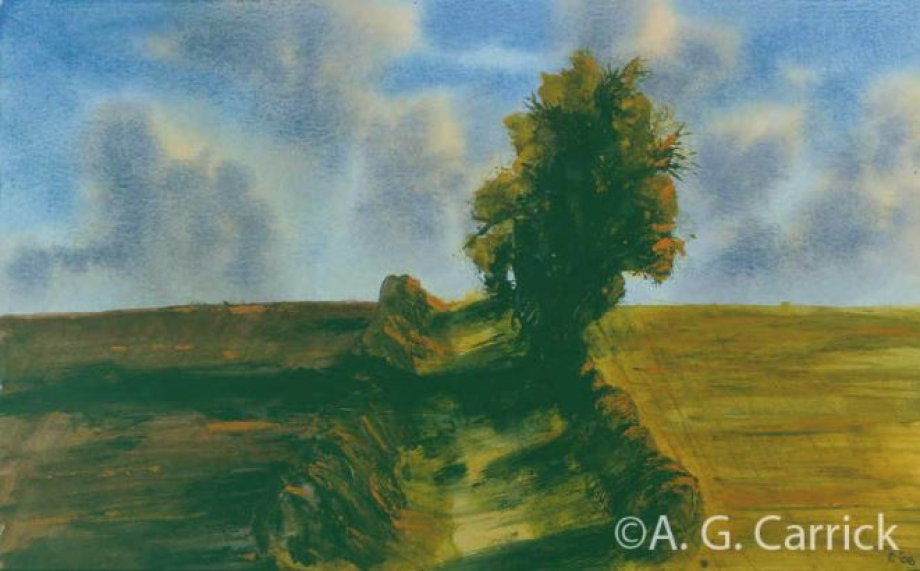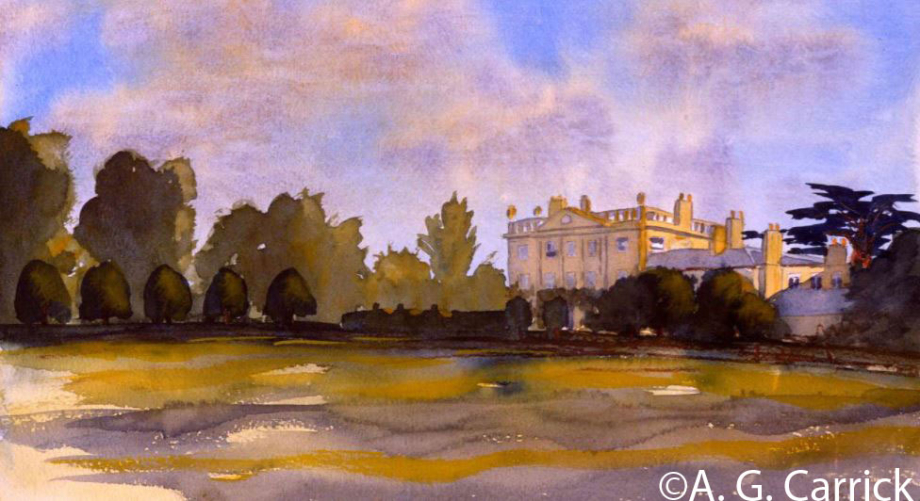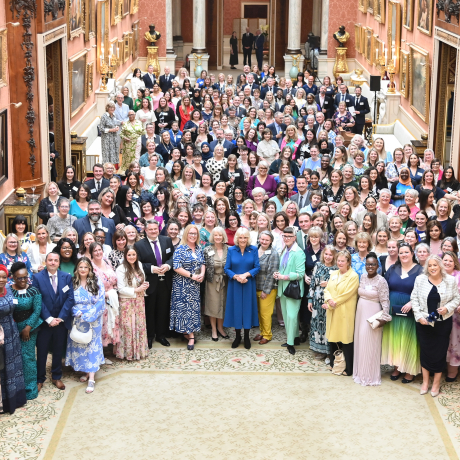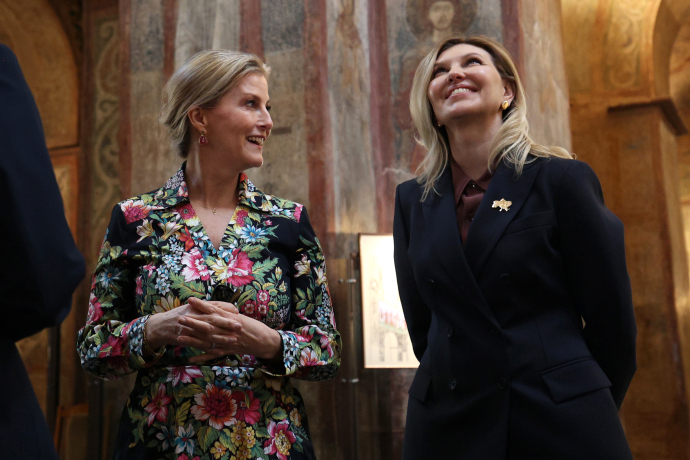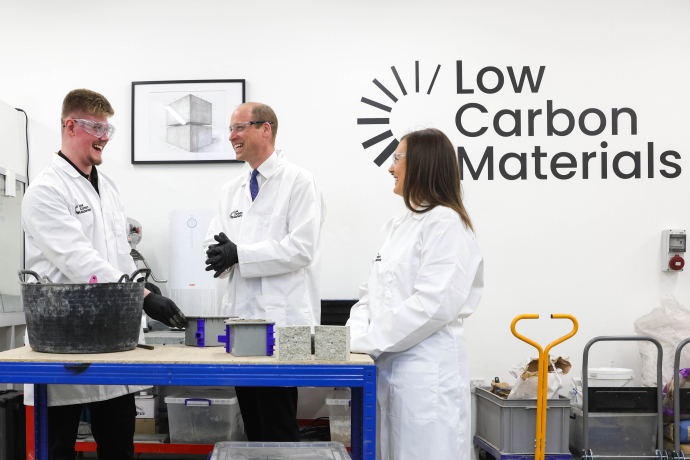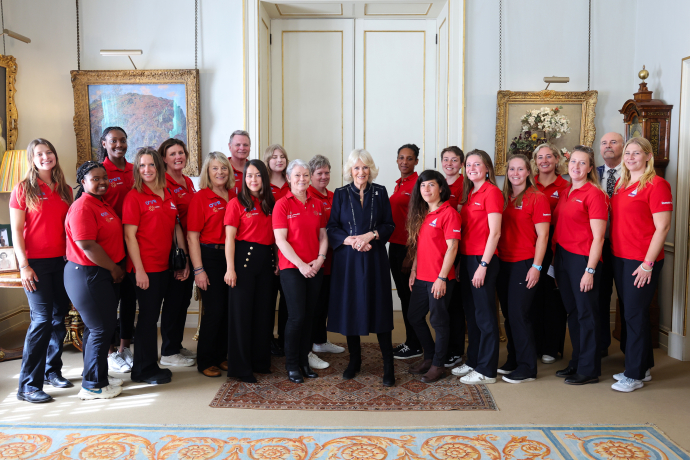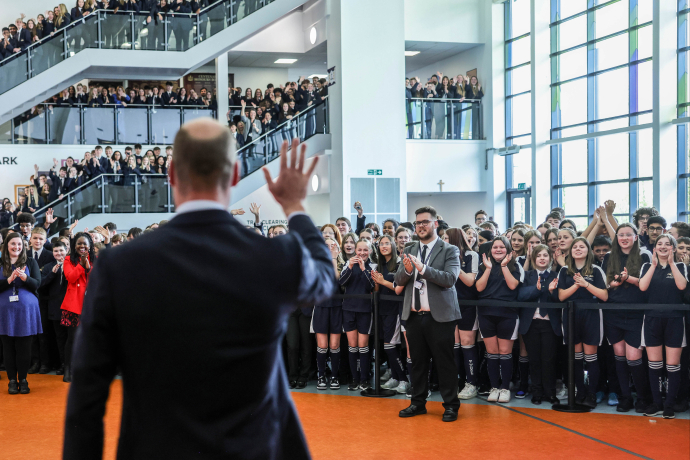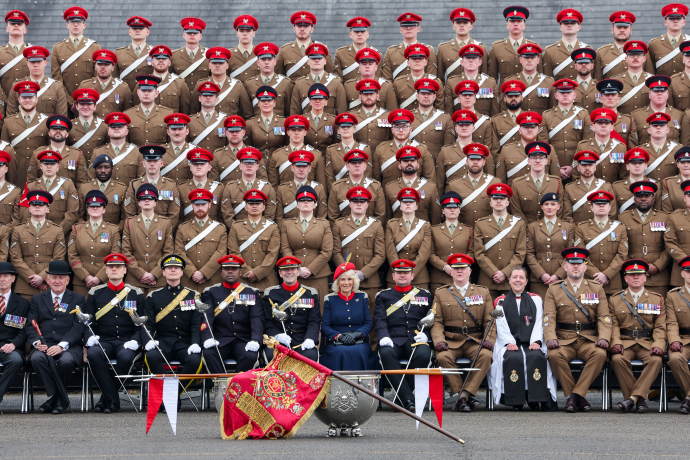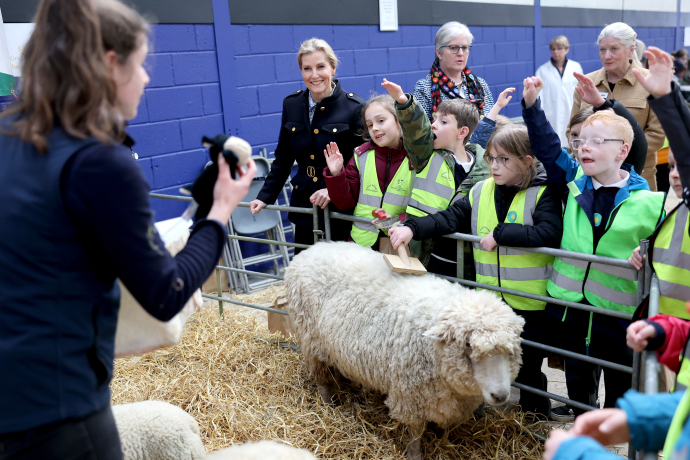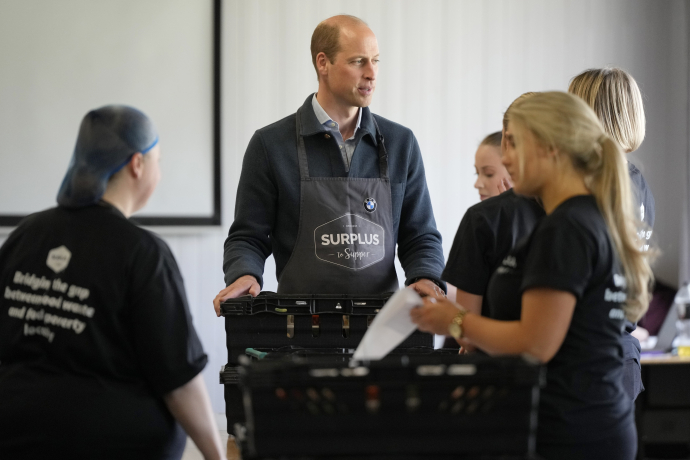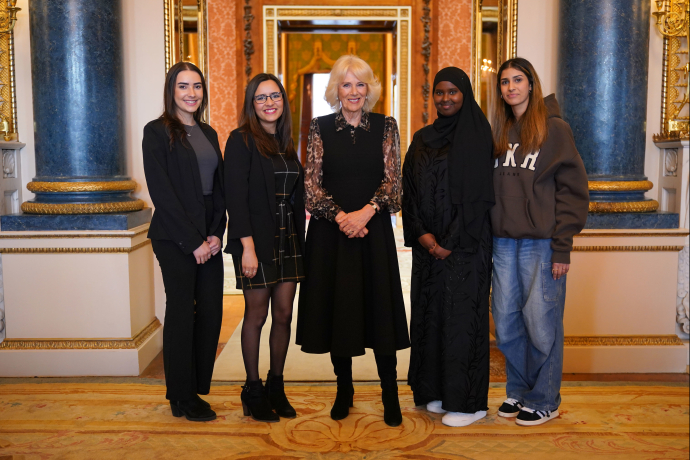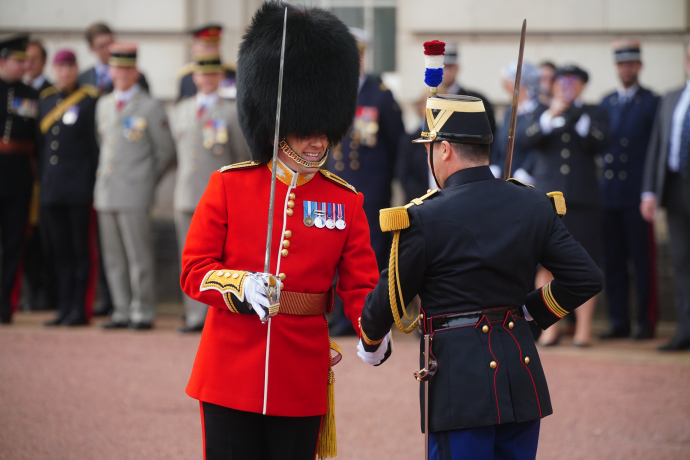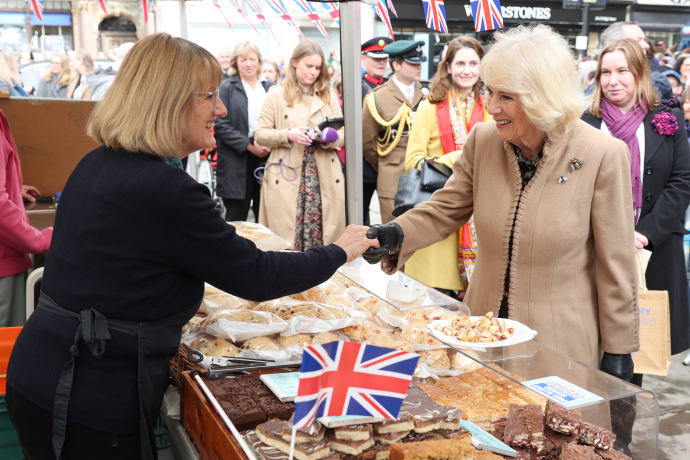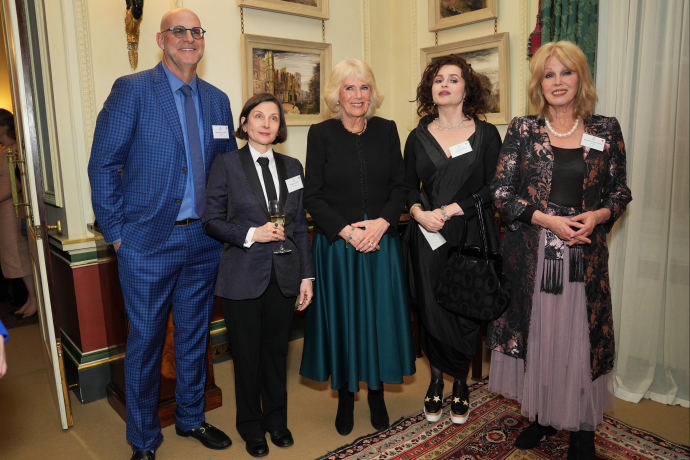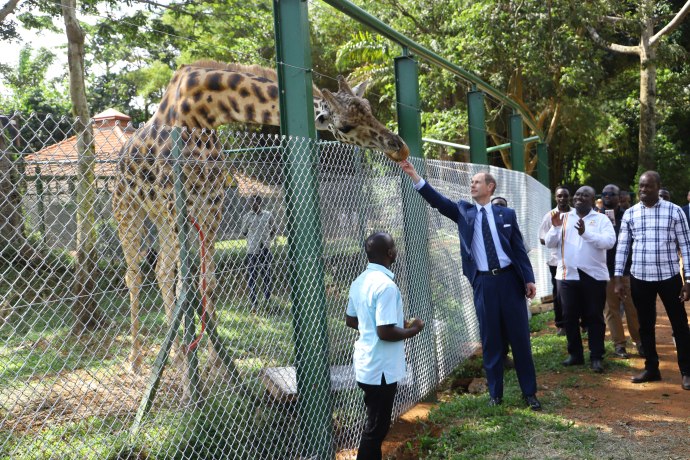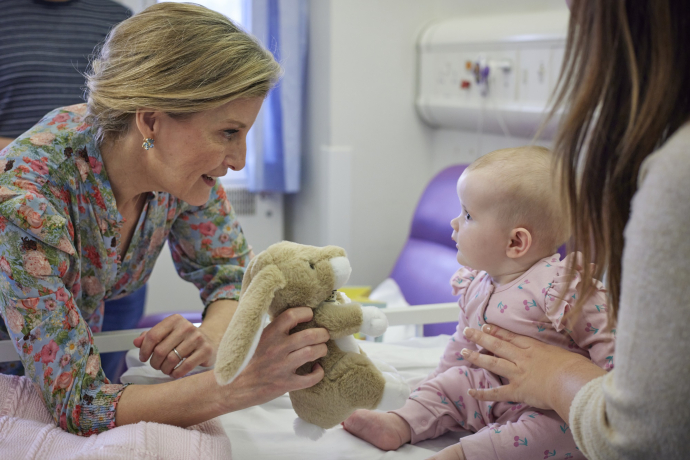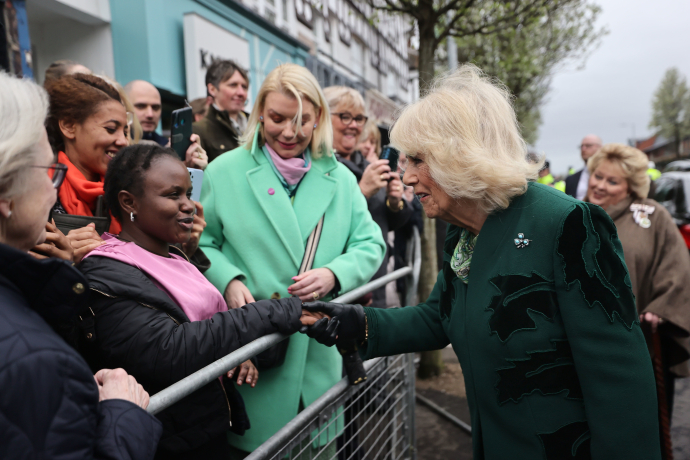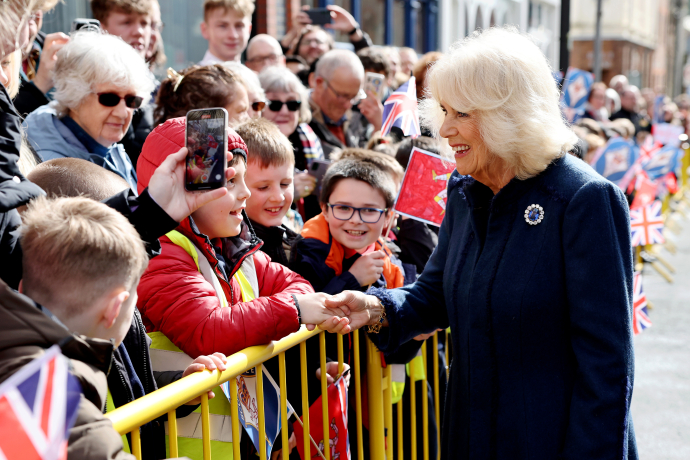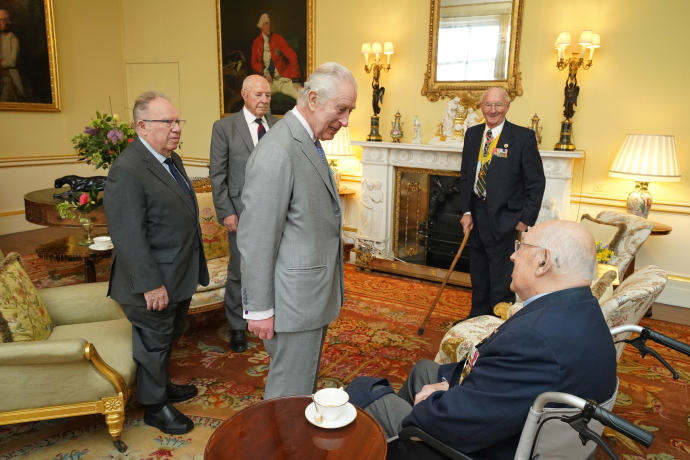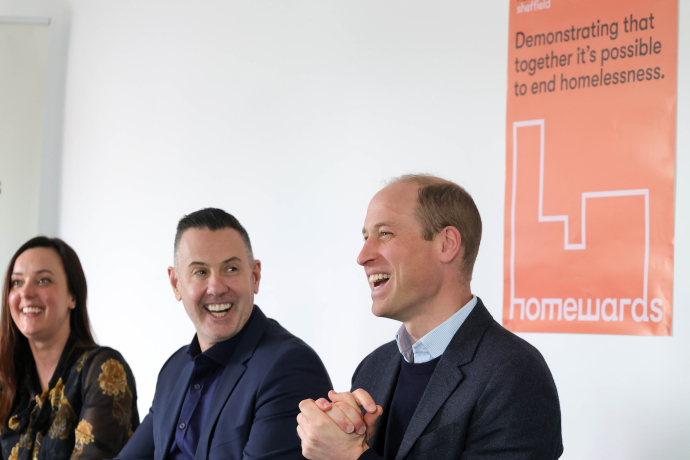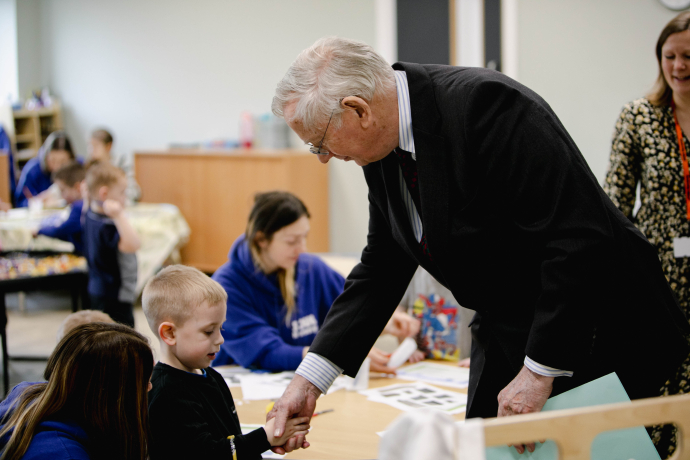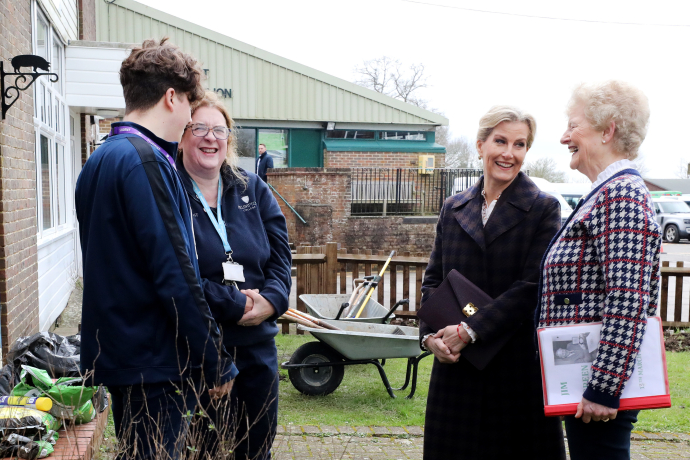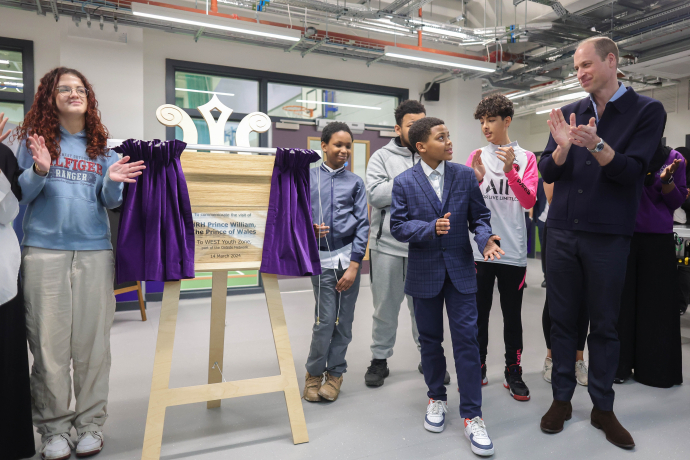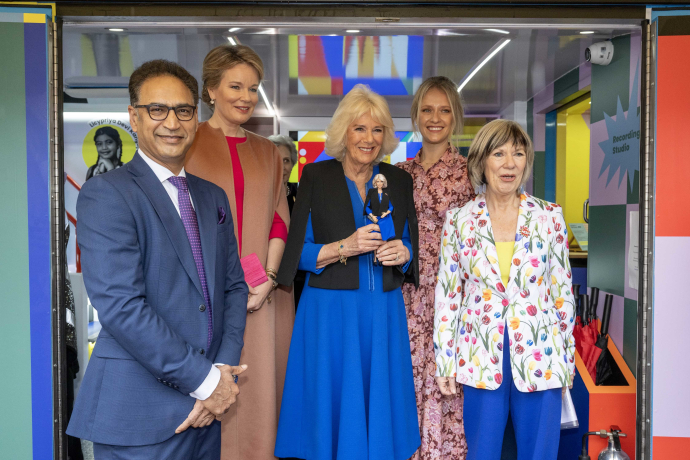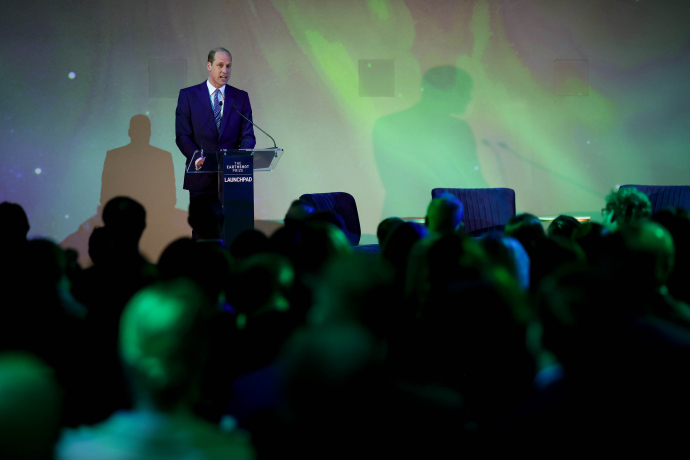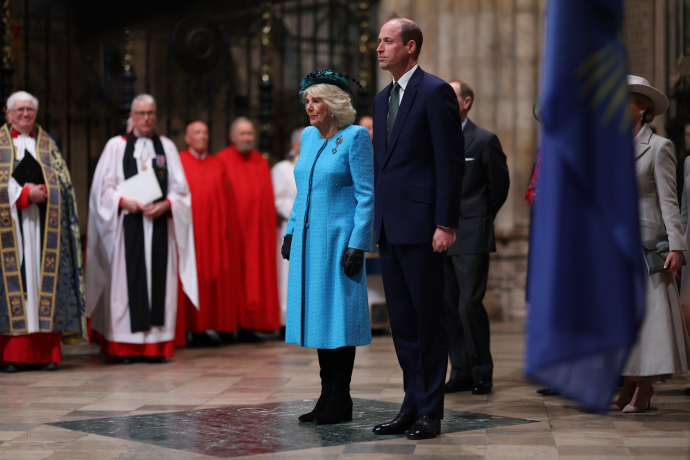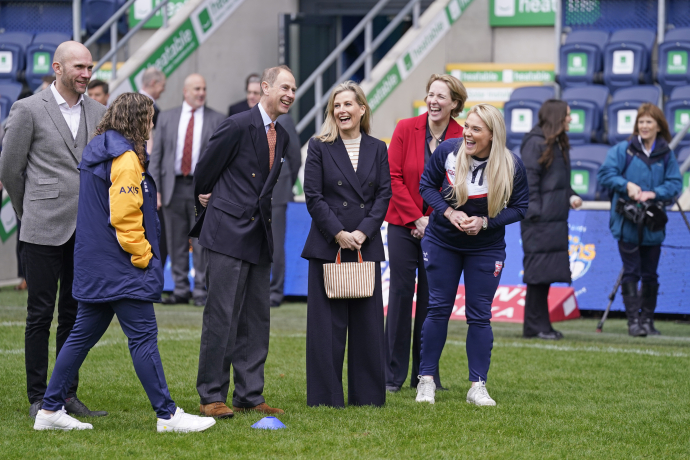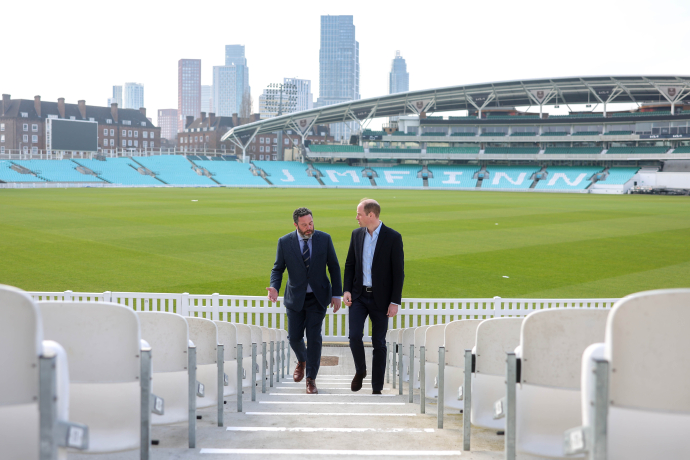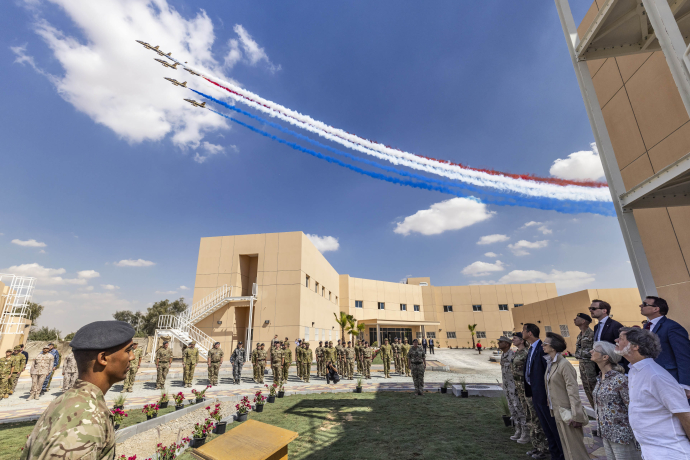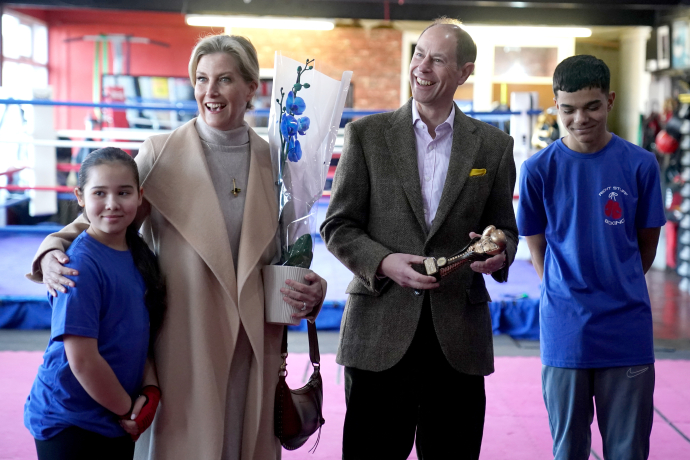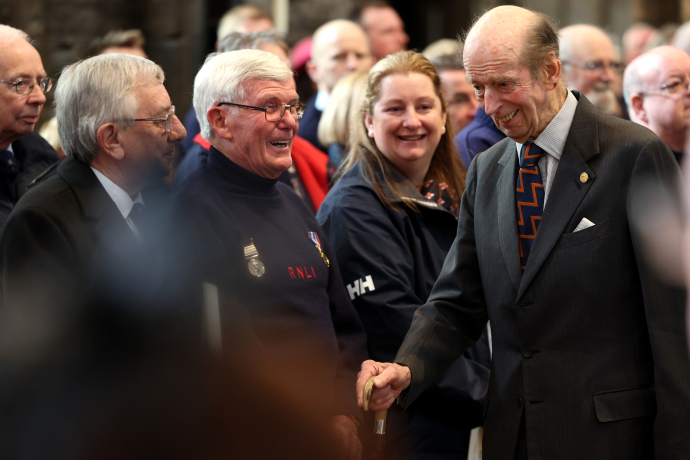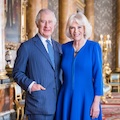- 25 Facts about Highgrove Gardens
- HRH’s Watercolour Paintings of Highgrove
- Google Arts & Culture
- Sustainability at Highgrove
- Charity Spotlight
This year, Highgrove Gardens is marking 25 years since opening to the public.
Dating back to between 1796 and 1798, the house itself was built in a Georgian neo-classical design on the site of an older property.

When The Prince of Wales bought the Highgrove estate in 1980, it had little more than a neglected kitchen garden, an overgrown copse, some pastureland and a few hollow oaks. The Prince was adamant that it should be converted into an entirely organic garden and farm. Since then, the gardens have undergone a number of changes to create a series of highly individual ‘outdoor rooms’, which embody The Prince’s gardening ideals and organic principles and display a rich variety of flora and fauna.
From the early days, the public has enjoyed visiting the gardens, which now welcome nearly 40,000 visitors a year.
Over the last 25 years, more than £7 million has been raised for The Prince of Wales’s Charitable Fund through garden tours, events, retail and catering at Highgrove. The Fund was founded in 1979 by His Royal Highness and aims to transform lives and build sustainable communities. It supports initiatives such as conservation, health, environment, heritage and youth training projects.
For more information on Highgrove Gardens, please visit www.highgrovegardens.com.
25 Facts about Highgrove Gardens
25 Facts about Highgrove Gardens
- Almost 40,000 visitors tour the Highgrove Gardens every year.
- The Highgrove Gardens cover 15 acres in total – all of them organic.
- The money raised from the Garden tours and the Highgrove shop is given to The Prince of Wales’s Charitable Fund that provides grants for small and medium sized charities. Recent examples include One25 Charity that helps vulnerable women, and Streetwise Opera - a performing arts charity for people who are or have been homeless.
- The Prince has incorporated topiary into the Garden. It is cut once in the year during the autumn months.
- There are two fountains in the garden providing running, open water for birds throughout the year.
- A willow “ramp” is placed in each water feature to provide an easy exit in case any wildlife inadvertently fall in.
- The Prince is Patron of the Delphinium Society with many in evidence at Highgrove – the tallest Delphinium recorded so far has been 9’ 10”.
- All the cut flowers used in Highgrove House are grown in the Gardens at Highgrove. In the summer, buttonhole flowers (primarily scented pinks) are cut for HRH’s use through the week for his engagements.
- Highgrove House, The Orchard Room and the offices are heated using a wood pellet biomass heater.
- Between 2,500 - 3,000 spears of asparagus are picked from the Highgrove beds annually.
- The Carpet Garden was originally a Show Garden at the 2011 Chelsea Flower Show winning a Silver Gilt Award. It was designed at the request of His Royal Highness around two Turkish carpets which can be found in Highgrove House.
- The water feature close to the Stumpery is made of Hereford sandstone and Spanish holey limestone. It contains four Pacific Ocean clamshells from Edward VII’s garden, Sandringham.
- As Patron of Garden Organic, HRH grows heritage varieties of vegetables and fruit such as the ‘Broad Ripple Yellow Currant’ tomato, the ‘Doug Bray of Grimsby’ pea, the ‘Red Elephant’ carrot, and the ‘Lady Finger’ and ‘Hunt’s Duke of Gloucester’ apples.
- 200 chickens roam areas of the Estate under a mixed range of fruit trees. From these hens around 4,200 eggs are collected every year. The eggs are used in the Orchard Room restaurant and sold in the Highgrove Shop.
- Highgrove has a Reed Bed waste water Filtration system which has been in operation since 1990 and manages the waste from The Orchard Room and Highgrove House. It is a natural gravity filtering system with little power input. The waste runs into a bark-filled pit, filters through reed beds, then through willow beds and finally into a sump and out into a pond of clean water which is enjoyed by wildlife.
- The Wild Flower Meadow at Highgrove is noted as the first of 60 Coronation Meadows in a project initiated by His Royal Highness in 2012 to commemorate Her Majesty’s 60th Coronation Anniversary; there are over 72 varieties of plants in the meadow making it a very species rich meadow.
- The India gate was renamed Shand Gate in honour of Her Royal Highness’s brother Mark Shand who died in 2014. Mark Shand founded The Elephant Family of which Their Royal Highnesses are joint Presidents. There are two topiary elephants by the gate named Tara and Belinda.
- Her Majesty The Queen gave three silver birch trees to His Royal Highness which are in the Arboretum at Highgrove.
- Within the Garden is a small building called The Sanctuary. It was built to mark the Millennium and is made from cob bricks (made of Highgrove clay, sharp sand, limestone, chopped barley straw made the gardeners), lime render, local stone and oak.
- The Egyptian Gates by the Kitchen Garden were originally carved by architectural students and the hieroglyphic on them says The flowers in the garden are a reflection of the stars in the sky.
- To mark 25 years of The Prince of Wales actively running the Duchy of Cornwall estate from 1969 – 1994, The Duchy of Cornwall presented HRH with 66 Red Twigged Limes that are planted in an avenue.
- The Temple of Worthies in the Stumpery displays a bronze relief of Queen Elizabeth, The Queen Mother wearing her felt gardening hat. The Stumpery area in the garden designed in 1996 by Julian and Isabel Bannerman includes Oak and chestnut stumps from Cowdray Park, Derbyshire, Sandringham and Broadlands.
- The Tree House was built in 1988 for Prince William who was six and Prince Harry who was four at the time.
- The Main Lawn at Highgrove equates to six miles of pedestrian mowing.
- 40,000 snowdrops were planted at Highgrove to celebrate 40 years of The Prince’s Trust. They were a private gift to His Royal Highness.
HRH’s Watercolour Paintings of Highgrove
“The whole point of gardening is to give pleasure to other people, not just me, I see it as an exhibition. It’s rather like painting my bad watercolours – I just try to ensure they - and the garden - are as good as possible.” - HRH The Prince of Wales
Google Arts & Culture
On the occasion of The Prince of Wales’s 70th birthday on 14th November 2018, Google Arts & Culture partnered with Clarence House and ten charities connected to The Prince to unveil a new online initiative that documents His Royal Highness’s life and support for art and cultural heritage in Britain and around the world.
Delving into the site, people all over the world can stroll the gardens of Highgrove, as well as a few of The Prince’s other private residences, in 360 degrees.
Sustainability at Highgrove
His Royal Highness has taken many steps personally to live in a more sustainable way.
At Highgrove, these include:
- Wood pellet fired boilers (biomass) to heat Highgrove House, The Orchard Room, stables and offices.Most of the electricity is sourced from a renewable energy supplier and from solar panels, which is on the farm barns. The electricity is used in Highgrove House and the Orchard Room.
- Ground source heat pumps to heat the staff cottages and the green houses, and an air source heat pump to heat the Gardeners’ Mess and some of the workshops.
- A specially built reed bed sewage system, much loved by dragonflies at its treatment end, is used for all Highgrove’s waste.
- Gutter rainwater is collected into tanks and used in the toilets in the Orchard Room. The rainwater is also used to irrigate the garden.
- The gardeners make their own compost and leaf mould.

Charity Spotlight
Streetwise Opera

Over the last 25 years, more than £7 million has been raised for The Prince of Wales’s Charitable Fund (PWCF) through garden tours, events, retail and catering at Highgrove.
The Fund was founded in 1979 by His Royal Highness and aims to transform lives and build sustainable communities. It supports initiatives such as conservation, health, environment, heritage and youth training projects.
One of the small grant beneficiaries helped by The Prince of Wales’s Charitable Fund is Streetwise Opera, a charity which helps people who have experienced or are at risk of homelessness make positive changes in their lives through opera workshops and performances.
Streetwise Opera aims to increase the wellbeing and social inclusion of the people they work with, and to change perceptions of homelessness.

The grant from PWCF supported Streetwise Opera’s weekly opera workshops at the Theatre Royal and Royal Concert Hall, for those affected by homelessness in Nottingham.
Streetwise Opera provides people with a confidence boost, with one participant saying:
“Every time I leave the Streetwise Opera session, I have a spring in my step for the rest of the day. I feel so much better for the whole day. It's just a massively joyful place to be.”


